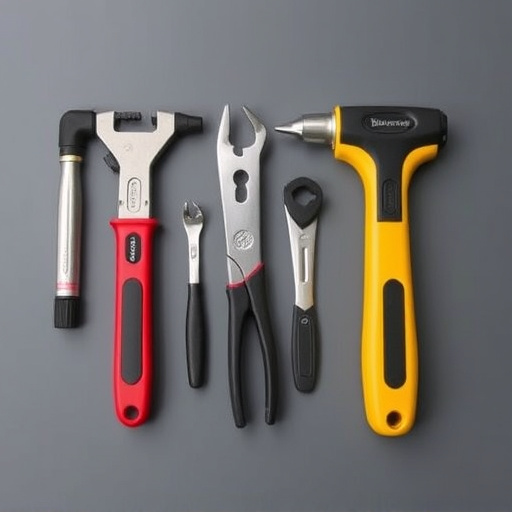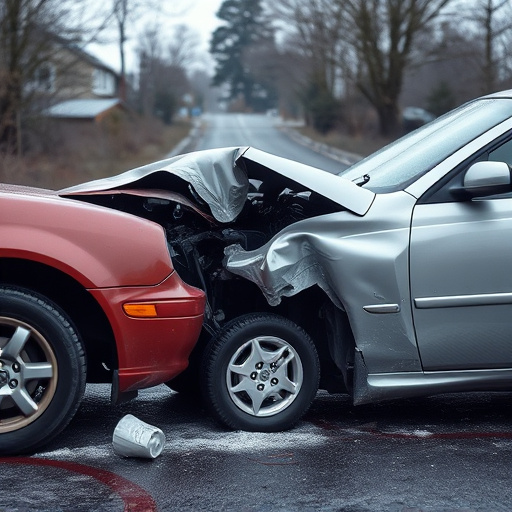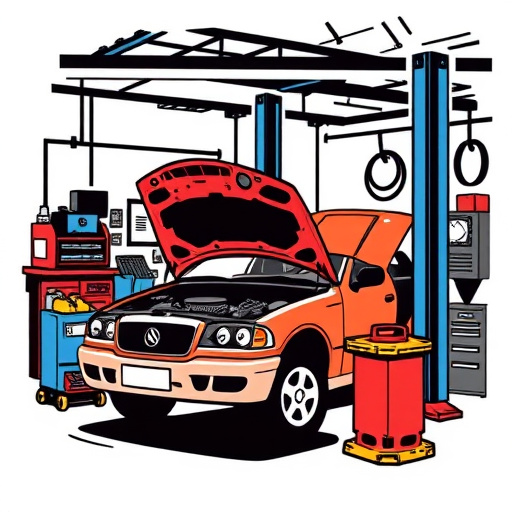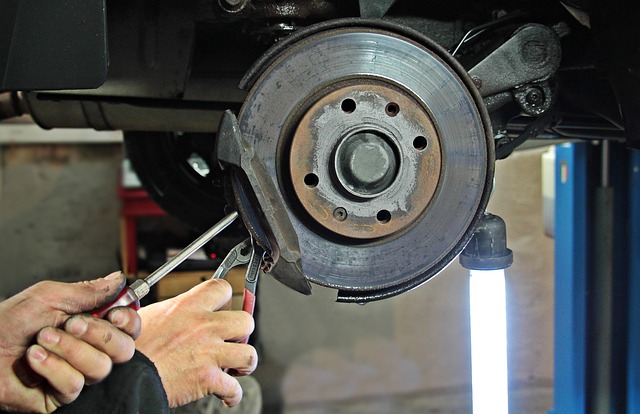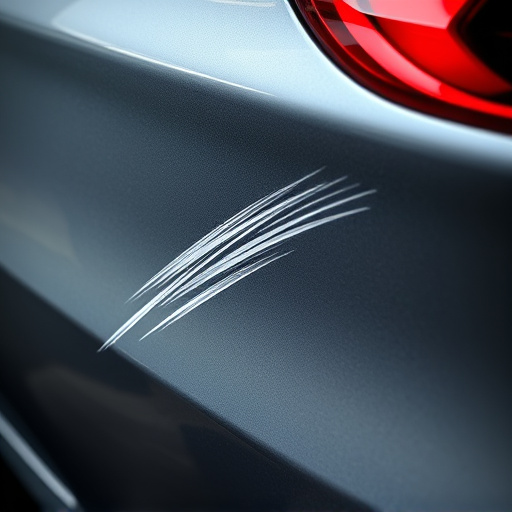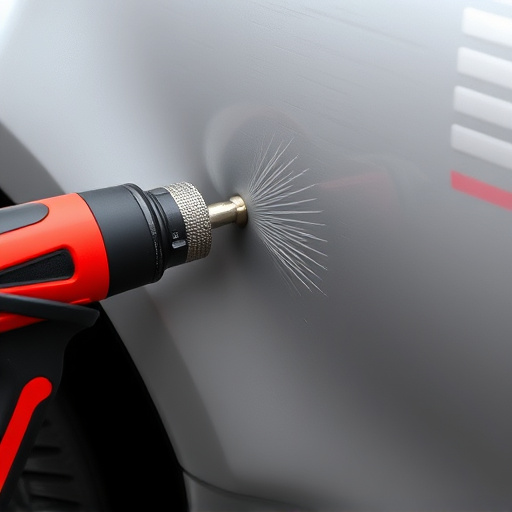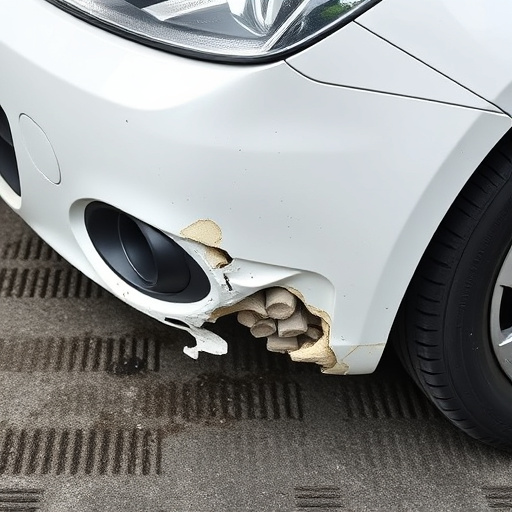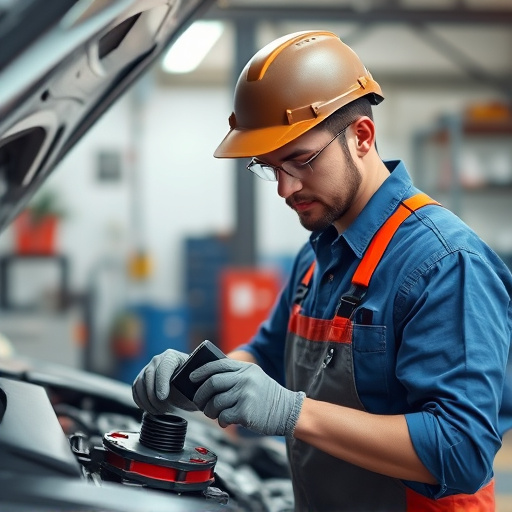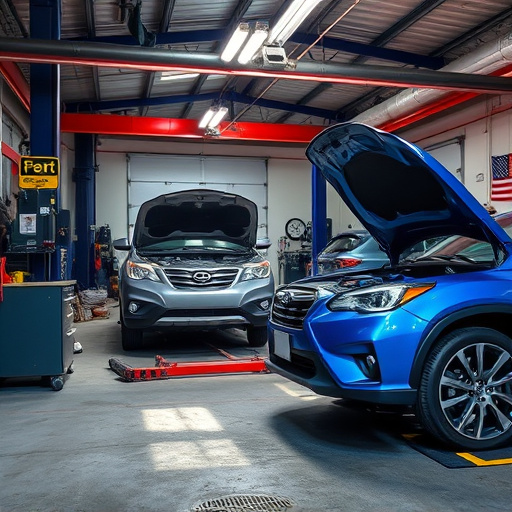In auto body repair, seamless blending is an art that conceals evidence of damage, achieving a uniform finish. Meticulous preparation of adjacent panels post-collision or fender repair is crucial, involving cleaning, degreasing, and priming. Techniques like wet sanding ensure smooth transitions, minimizing visible joints between panels for professional results in restoration and bodywork projects. Skilled technicians meticulously prepare damaged edges, align panels, and use precise blending techniques to restore structural integrity and aesthetic appeal while making collision repairs virtually unnoticeable.
Before merging paint, shops meticulously prepare adjacent panels to ensure seamless integration. This process, crucial for achieving a consistent blend after collision, involves understanding the unique challenges of each panel’s surface. By following specific steps and techniques, such as roughening edges and applying primer, shops create a solid foundation for successful blending. These preparation methods are essential in the paint industry to deliver high-quality finishes that resist visible seams.
- Understanding the Blending Process: Why Adjacent Panels Matter
- Preparing Panels for Collision: Key Steps and Techniques
- Seamless Integration: Achieving a Consistent Blend After Collision
Understanding the Blending Process: Why Adjacent Panels Matter
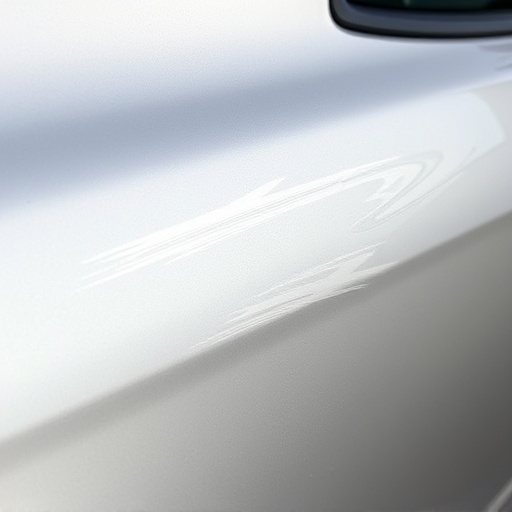
The blending process is a crucial step in paint jobs, ensuring a seamless and uniform finish across every surface. When it comes to auto glass repair or fender repair, for instance, adjacent panels play a significant role in achieving this perfection. In vehicle body repair, these neighboring sections must be prepared meticulously as any collision or misalignment can disrupt the final look.
By understanding the blending process, technicians can recognize that smooth transitions between panels are vital. This involves ensuring there are no gaps or overlaps when joining adjacent panels, creating a seamless blend that masks any evidence of repairs, much like how a painter skillfully merges colors to create a cohesive artwork. This attention to detail is what sets apart professional vehicle body repair from amateurish fixes.
Preparing Panels for Collision: Key Steps and Techniques
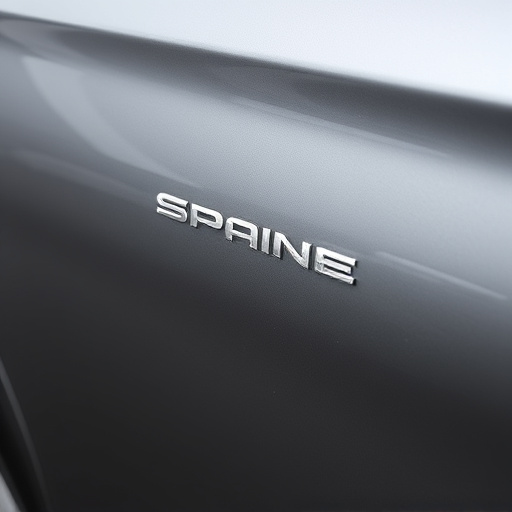
Before blending paint, it’s crucial to prepare adjacent panels for collision. This involves a meticulous process to ensure seamless integration and an even finish. The key steps begin with thorough cleaning and de-greasing of the panels using specialized solvents. Any loose debris or old sealants are carefully removed, revealing a clean surface ready for priming.
The next step is to prime the panels, which serves as a crucial base for the subsequent blending process. A high-quality primer ensures that the paint adheres uniformly and helps to mask any underlying imperfections. After allowing the primer to dry completely, technicians employ techniques like wet sanding or using specialized tools to create a smooth transition between adjacent panels. This meticulous preparation is vital in achieving a professional, seamless blend during the final paint application, be it for car restoration, tire services, or auto bodywork projects.
Seamless Integration: Achieving a Consistent Blend After Collision
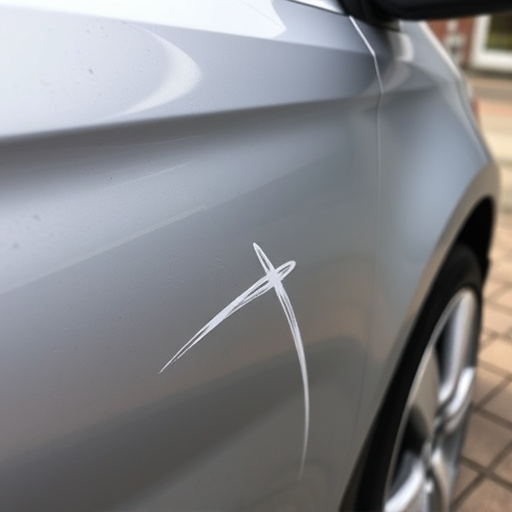
When it comes to achieving a seamless integration during the blending process after a collision, auto body shops employ precise techniques to ensure a consistent and invisible join between adjacent panels. This meticulous step is crucial for maintaining the vehicle’s structural integrity and aesthetic appeal. Skilled technicians prepare the edges of damaged panels with careful sanding and deburring, removing any traces of old paint or debris. This smoothes out imperfections, allowing fresh paint to adhere flawlessly.
The process involves careful alignment of the panels, ensuring they fit perfectly before applying body shop services like filling and priming. By taking their time with this step, auto body professionals guarantee that once the paint is blended, the collision becomes virtually unnoticeable. This level of craftsmanship is essential in vehicle dent repair, where achieving a flawless finish requires not just technical skill but also an artistic eye for detail.
Before merging paint, preparing adjacent panels is crucial for achieving seamless blends. By understanding the blending process and its reliance on nearby panels, shops can employ key preparation steps to ensure consistent results. This includes meticulous cleaning, surface roughening, and tape placement, all geared towards minimizing visible lines and creating a unified, high-quality finish upon collision.
